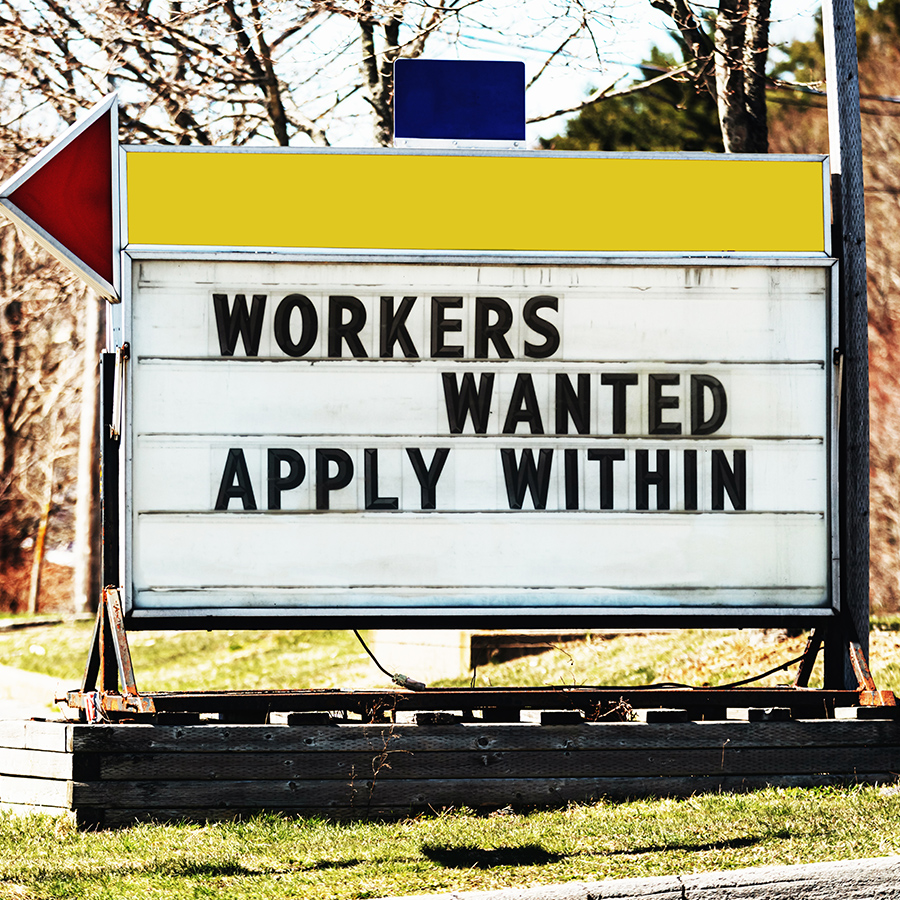Take These 3 Steps to Reestablish Employee Engagement.
Non-engaged employees cost companies billions of dollars through absenteeism, turnover, poor productivity, and lacklustre performance. Whether manufacturers realise it or not, engagement was one of the biggest casualities of the pandemic. Leaders went home. Shop floor employees stayed on the front lines. And the occasional email from the CEO became the replacement for regular face-to-face interactions between the two groups.
In such an environment, it’s no surprise that employees lost sight of organisational goals, the importance of their contributions, and their value to the company. And manufacturers have felt the sharp sting of that disconnection across all the metrics that matter.
Fortunately, unlike supply chain shortages and inflation, manufacturers have complete control over communications and culture. The power to reengage employees lies entirely in your own hands. And when your leadership team gets intentional about addressing the issue, it will have an immediate and significant positive impact on all the other operational performance problems currently plaguing your organisation.
Here's how to reengage employees and get performance moving in the right direction.
- Reevaluate your communications strategy.
Leadership communication is the key driver of employee engagement. To determine just how much this communication has deteriorated over the past two years, do a side-by-side comparison of your top-down communication structure, cadence, and team activities post-pandemic versus pre-pandemic. Consider the frequency of town hall meetings, supervisor participation in daily or weekly tier one meetings, and the number of social and recognition events then vs. now. When you do the math, you may be surprised at just how big the discrepancy is.
However, with many nationally and locally mandated safety precautions lifted, it’s an easy effort to reestablish a communications plan that looks a lot more like your pre-pandemic strategy. Start by reinstating the town hall meetings, Gemba walks, and the other team get togethers you held before COVID. Then take the opportunity to go even further by introducing new ways for leadership and shop floor teams to communicate. Carving out a few minutes in each shift for the shop floor and the top floor to come together, ask questions, or share input can go a long way toward reinvigorating company culture and driving progress toward company goals. - Reconnect the shop floor to the top floor vision.
It’s a proven fact that associates will put forth greater effort if they know exactly what they are working toward and how their efforts make a difference. But when communications deteriorated during the pandemic, so did employees’ understanding of daily, monthly, and yearly goals. If you’re wondering just how much damage has been done, ask your associates. If fewer than 10% of the shop floor team can clearly articulate the day’s goals, then it’s a clear sign that communications have failed.
To fix the issue, once you update your communications schedule, turn your attention to the agenda. Every communication opportunity should emphasise goals, employees’ direct contribution to these goals, and sincere appreciation for the team’s efforts. When the CEO personally thanks the teams for the important work they do, employees understand their value. Engagement soars, and productivity and performance soar right along with it.
Finally, make sure leaders are well prepared for their communications responsibilities. Consider providing training for any leader, manager, or supervisor responsible for direct employee communications including best practises for running effective tier one meetings and Gemba walks. If you’re going to invest in more communications and better meeting agendas, make sure the message doesn’t fall down in the delivery. Give your leadership team the confidence and skills they need to succeed. - Develop a holistic approach to KPIs.
oriented communications will go a long way toward reestablishing employee engagement. But don’t make the mistake of being all talk and no action. Put some muscle behind your words with KPI metrics that align factory floor work with corporate strategy. Then implement visual performance boards for real-time KPI tracking. Now, employees not only hear the message; they see the evidence of their contributions and value each and every day. And, when performance is falling behind, they are more invested in identifying the problems and contributing to the resolution.
In addition to performance-based KPIs, consider establishing KPIs specifically related to talent management. By tracking turnover by role and/or staffing agency, for example, you can begin to pinpoint your greatest problems areas and address those first. You can also measure the impact of your new communications initiatives as well as other training or professional development initiatives you may launch. With KPIs tied to both performance and talent, you can quickly see how investments in culture make a difference in all areas of your business.
Reengagement must start today
Given the critical importance of employee engagement and the strong correlation between leadership communication and engagement, don’t let another day pass without working to reestablish the top floor to shop floor connection. In many cases, this is as easy as reinstating town halls, Gemba walks, and supervisor-led tier one meetings. But taking the extra steps to initiate new communications opportunities, train leaders in communication best-practises, and put KPIs into place will accelerate your results. For more on these tactics and real-world success storeys, see our full article, Your Severed Top Floor/Shop Floor Relationship Is Costing You More than You Think.





